Vik Virbauskaite |
January 29, 2025
The Incredible 5-Point Scale is a great visual tool that can be used to help children identify, understand, express and manage their emotions.
It’s particularly (although not exclusively) useful for supporting autistic children. However, it’s also a resource that is sometimes misunderstood in schools. We’re going to take a look at the best way to leverage the tool and how you can create personalised versions of it.
How was the Incredible 5-Point Scale developed?
The scale was created in 2003 by Kari Dunn Buron and Mitzi Curtis, highly experienced teachers from Minnesota who have many years of experience teaching autistic students. It was designed so that each level represents a different level of intensity surrounding a specific emotion and its associated behaviour/s. Together with helping to recognise emotions and planning how to respond and self-regulate (or seek help), the tool can also be used to explore ‘what happened’ after a problem incident.
It can be used for almost any kind of emotional regulation such as anger management, learning about social interactions (such as respecting physical space or dealing with winning and losing) or even particular behaviours such as modulating tone of voice.
Autistic children and adults often have a strong preference for using systems, but may struggle with the vocabulary for emotional introspection. Talking in numbers and colours instead of describing or naming an emotional state can help make this activity easier for some people.
The broad benefits of the scale include its:
- application to any age group
- ability to create a shared language to easily discuss emotions or behaviour
- avoidance of language that could be seen as blaming
- capacity to quickly communicate needs and generate self-awareness in the moment
- flexibility and the fact that it can be easily personalised to the individual
How to use the scale and create personalised 5-Point Scales
- Identify the behaviour that you would like to work on. The child should be involved as much as possible; this will depend on their age and communication capability. A starting point would probably be asking questions such as, ‘What is happening that we would like to stop happening?’ or ‘What is not happening that we would like to be happening?’. This will probably be a behaviour that is underpinned by an emotion / several emotions (e.g., walking out of class, calling out answers or not speaking in school).
- Identify the skill or understanding of concepts that needs to be learnt in order for the thing to happen/stop happening (e.g., tolerance to ‘wait’, impulse control or ability to manage fear).
- Break the intensity of feeling into five parts. For example, let’s say the skill you were trying to develop is managing anxiety while interacting with other children. You sit down with your pupil, Joe, and talk about how he is feeling at each level and how this relates to his behaviour.
- For Joe, this might look something like the following;
- Level 1: How am I feeling and what is happening? I am feeling happy and relaxed. I am talking with others, playing games and joining in easily.
- Level 2: How am I feeling and what is happening? I am feeling a little bit nervous, but I can still manage. I might need to ask for a little extra help or take a short break.
- Level 3: How am I feeling and what is happening? I’m starting to feel anxious. My tummy might hurt, and I might avoid talking or doing things I usually enjoy. I need to tell an adult or one of my close friends how I am feeling.
- Level 4: How am I feeling and what is happening? I feel really anxious and I am not sure what to do to make myself feel better. I need to ask an adult for help.
- Level 5: How am I feeling and what is happening? I can’t manage at all. I don’t feel like I can use my words. I need to wave or grab an adult to come and help me.
- Create a visual scale. Talk with Joe about the levels (1-5) and develop a descriptor for each. The different levels will then be assigned different colours. Sometimes a picture can also be used to depict what each level ‘looks like’ for them. If a young person has a particular affinity with characters or animals (Disney, Mario World, Harry Potter, cats etc. you could consider using these).
- Discuss strategies to help manage the feeling when thinking about what each level looks like, together with describing the feeling, ask the child to suggest what they ‘might’ do [i.e., a behaviour] to help. Returning to our example, for Joe this might look like Level 3: I need to tell an adult or one of my close friends how I am feeling.
- Teach the scale. A story might be a good way to explain to the child what each level means and how it feels. Real-life examples can also be used to illustrate each level.
- Use the scale – and review it. Encourage the pupil to use the scale to monitor their own emotions and behaviours. A ‘check-in’ at the start and the end of the day can help with this. The pupil might rate themselves according to where they were on the scale at different times of the day. This information could be used to jointly identify triggers or warning signs – and how to manage and/or avoid these.
[Take a look at our free downloadable examples for social anxiety and anger, as well as generic scales – remember templates are just a starting point]
IDEA: You might want to create a smaller portable version that the pupil can carry around in their school bag and refer to more discretely. Once the young person knows the scale well, they may just need a slimmed-down ‘prompt’ version. Take a look at this example that’s designed to fit on a keyring (below) from Cheshire East Council.
Things to try to avoid when using the scale
1. Taking a top-down approach
- Avoid: Adults taking it upon themselves to create the scale and then discussing it with the pupil, rather than listening to their specific experiences and tailoring it to their individual needs, emotions, and triggers. A template and/or some examples can be a good starting point, but the end output should be personalised.
- Why it matters: The scale works best when it is used to generate self-awareness – the only way to do this is if it is produced collaboratively. All levels should reflect emotions or behaviours specific and meaningful to the individual.
2. Using it with children who aren’t yet able to reflect and regulate
- Avoid: Forcing children outside of their comfort zone, by trying to teach the scale when they can’t yet grasp the necessary skills to use it well.
- Why it matters: Children need to be able to not only recognise their own emotions (with some support), but also engage in self-regulation afterwards. If you find yourself intervening too much it may be because the child is too young or doesn’t yet have the vocabulary to engage.
3. Using the tool for behaviour modification
- Avoid: Using the scale as a punishment/behaviour modification tool or linking it too closely to school rules.
- Why it matters: This risks shaming the individual, and increasing anxiety or disengagement, reducing its effectiveness by removing agency and trust. Instead, talk about possible natural consequences of specific actions if required.
4. Not using it consistently
- Avoid: Inconsistent use amongst key adults around the child including other support professionals, teachers, TAs, and (in some contexts parents as well).
- Why it matters: Having different systems to name and label behaviour is going to get confusing very quickly. Having some consistent routines to help self-regulation helps build positive habits.
5. Overwhelming complexity
- Avoid: Adding too much detail/ too many levels.
- Why it matters: The strength of the Incredible 5-Point Scale lies in its simplicity. Overloading the scale can cause confusion.
6. Not linking to coping strategies in line with emotional regulation development
- Avoid: Missing out actionable strategies for each level.
- Why it matters: The scale should gradually be used to guide children toward coping mechanisms – some of which might involve asking for help. Pupils should be encouraged to recognise when they are at Level 2 or 3 in particular, as this is where they might have most success bringing things back under their control.
7. Not reviewing the scale appropriately
- Avoid: Treating the scale as static and unchanging.
- Why it matters: Children are developing all the time and so are their needs as well as their coping strategies. It may be that the individual no longer needs the scale for a particular behaviour or that they need greater support if other stressful things are going on in their lives or their normal coping mechanisms are exhausted. Sometimes things about the school routine, peer dynamics or available support changes and their Incredible 5-Point Scale needs adjusting to reflect this.
Further reading
Read the original book from Kari Buron and Mitzi Curtis:
Buron, K.D., & Curtis, M. (2003). The incredible 5‐point scale: Assisting students with autism spectrum disorders in understanding social interactions and controlling their emotions responses. Shawnee Mission, KS: Autism Asperger Publishing Company.
Kari Dunn Buron’s accompanying blog has some great downloads and her blog covers extended applications www.5pointscale.com/
Autism Classroom Resources have written up a useful introduction to the scale: autismclassroomresources.com/the-incredible-5-point-scale-review-and/
Southwark Council’s autism support team have produced a helpful overview including quite a few examples for anger/volume etc: localoffer.southwark.gov.uk/assets/attach/677/5-Point-Scale.pdf
Example 5 Point Scale for Maths assignments: from OCALI (Ohio Centre for Autism and Low Incidence) Take a look at several examples of what you can do with a scale by relating it to an individual’s special interests, as well as a video about how practitioners are using the scale.
The Incredible 5-Point Scale Fact Sheet from Autism Empowerment – useful resource that also describes the anxiety curve model: Download the factsheet.
Autism Toolbox: Example of a scale completed for a particular individual pupil:
autismtoolbox.co.uk/wp-content/uploads/2022/09/5-point-scale-example.pdf


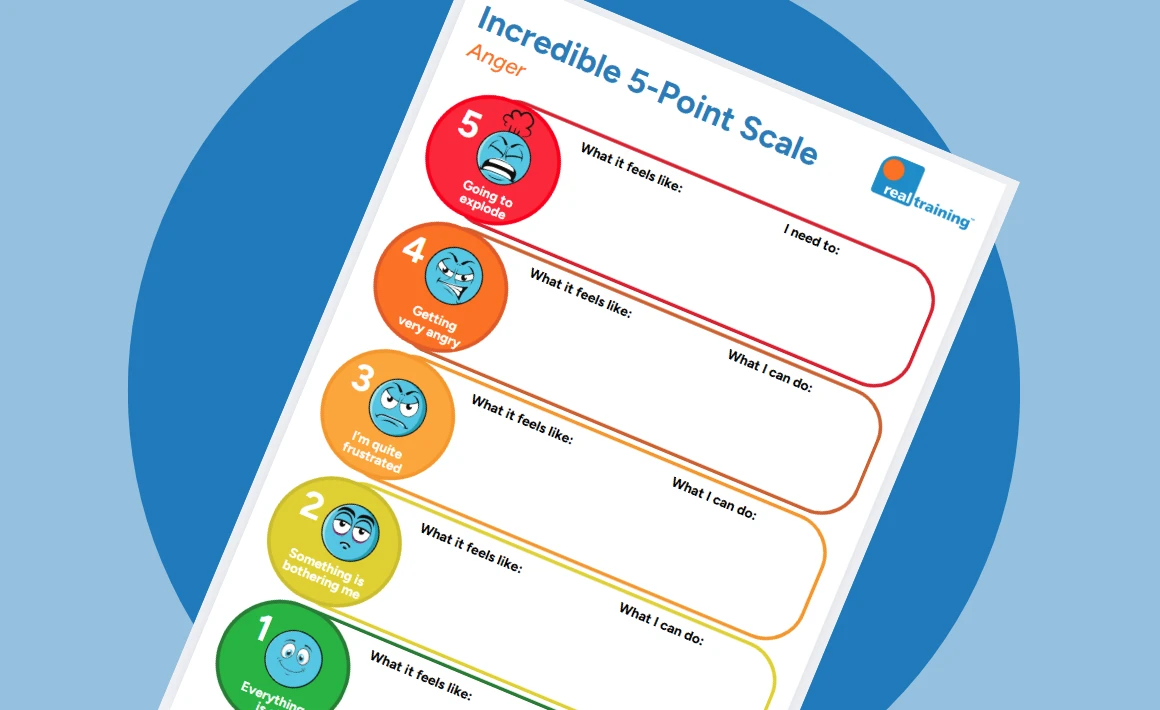
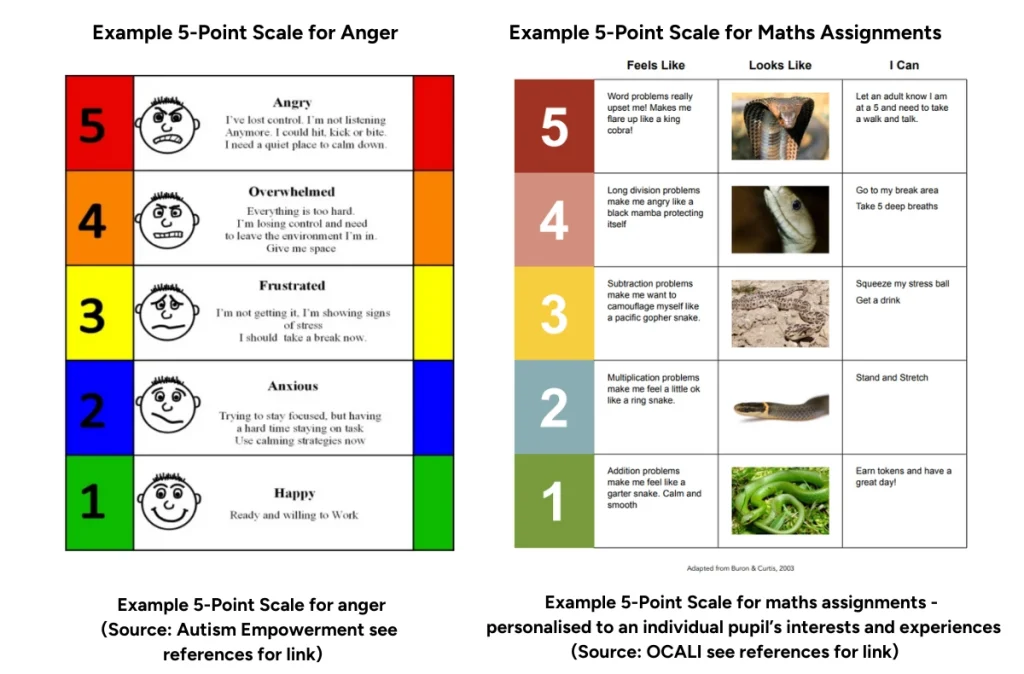
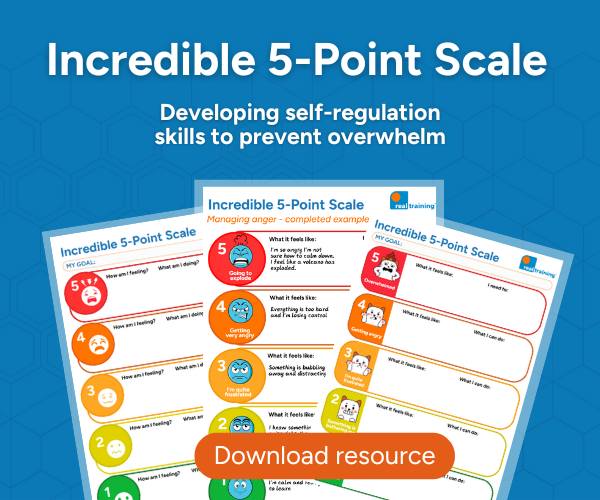

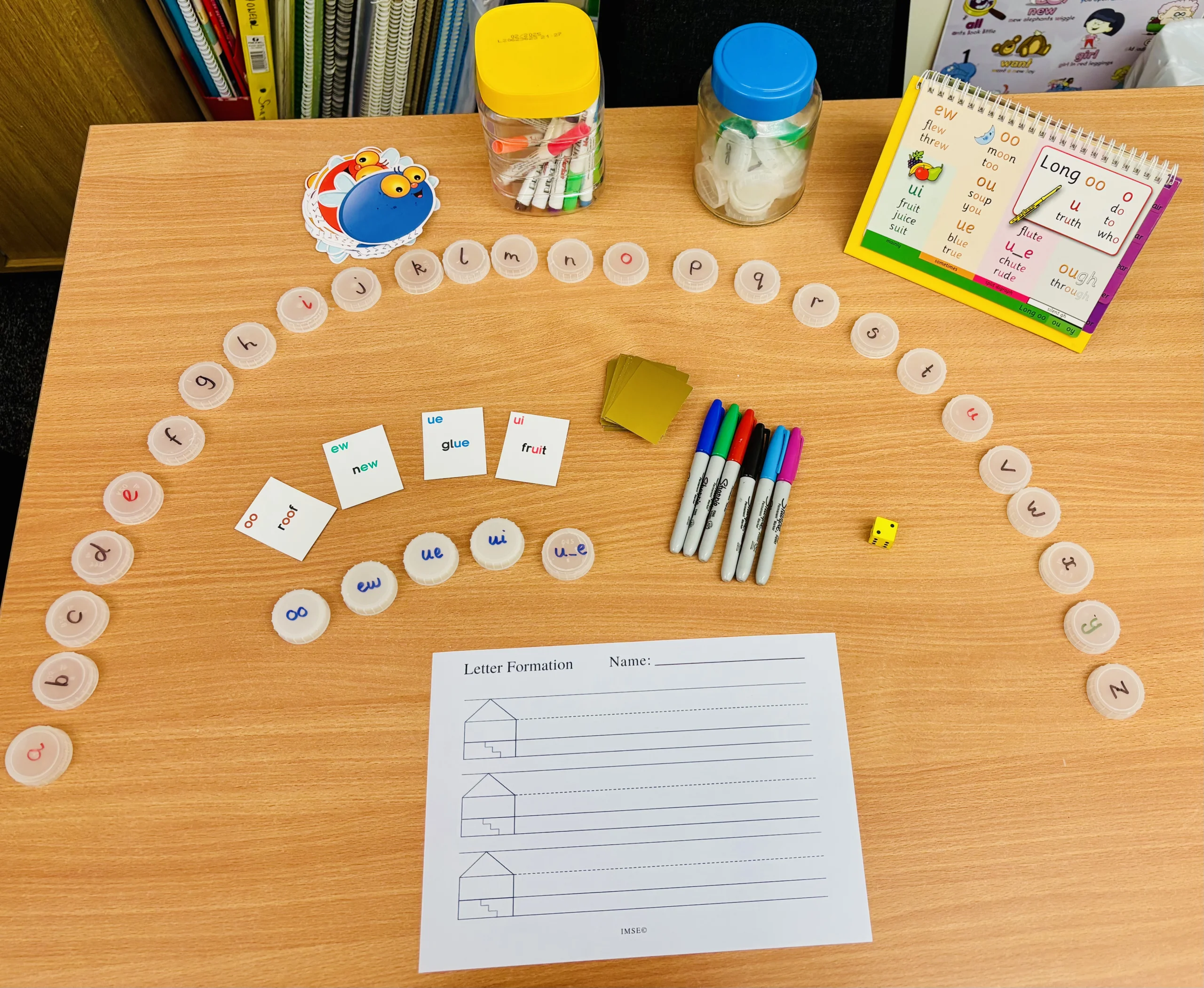
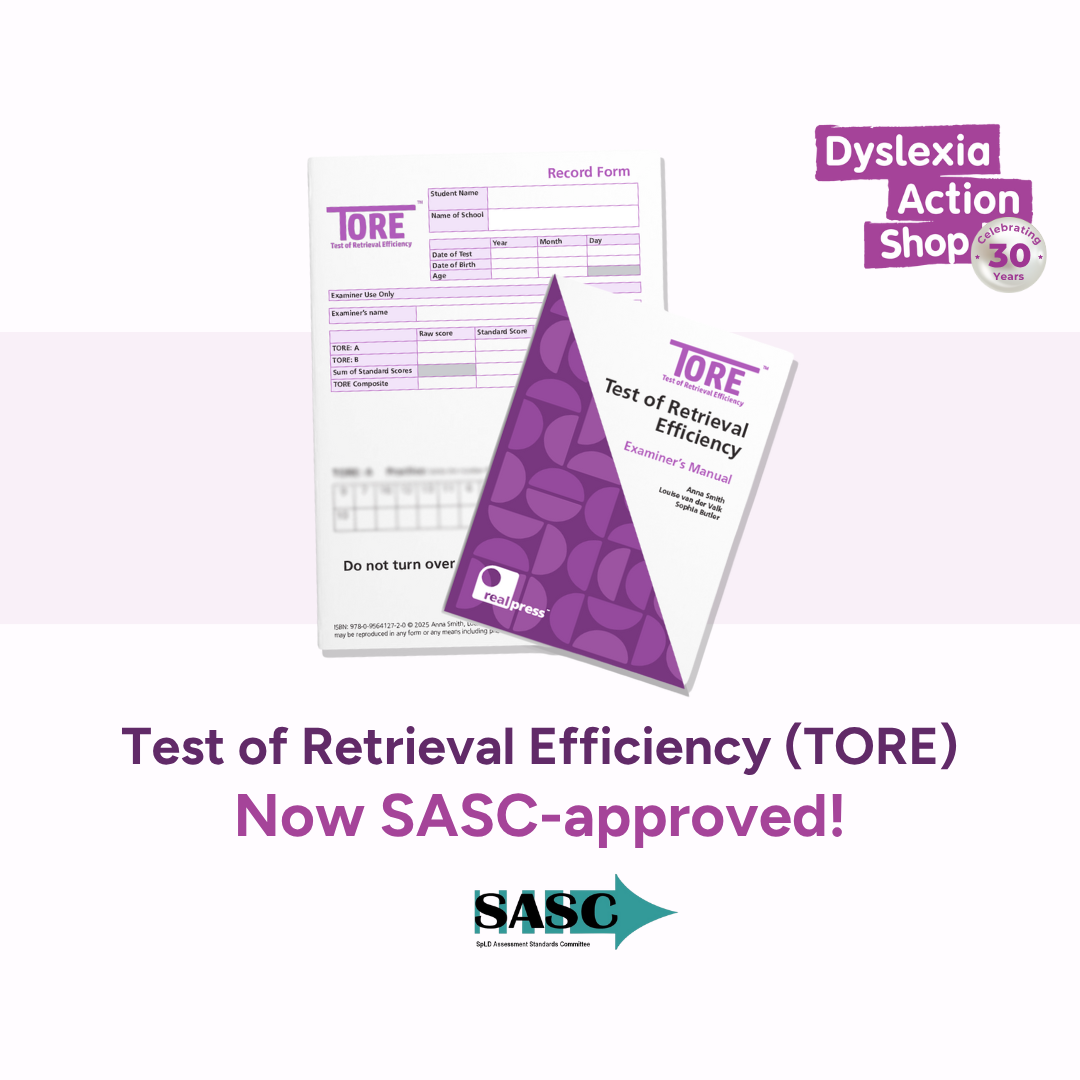
What do you think?